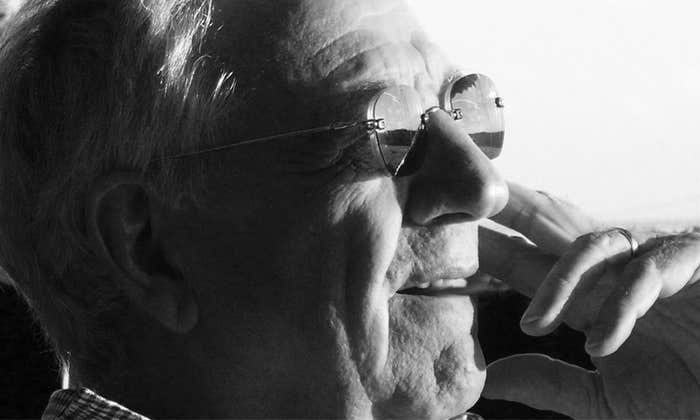This past July the Duchess of Cambridge gave birth to a baby boy. An international press corps was parked in front of the entrance of the hospital for over four weeks before that. The UK’s Daily Mail interviewed a woman who’d flown in from New Zealand to camp out in front of Buckingham Palace awaiting the announcement of the royal birth, who said that it was hard to book the flight “because you can’t predict the birth date.”
The popularity of the royal family can be baffling even to the very people who participate in the media circus. But to a cognitive scientist, it’s delish. The magnetic quality of fame is precisely the sort of phenomenon through which we can explore the nature of human cognition. It also helps us understand the evolution of human societies, and the behavioral and biological aspect of fame are treated by Robert Sapolsky in a related Nautilus essay. As someone who studies how the mind works, I am interested in what goes on in the brain when confronted by fame.
Fame sucks in our attention, making celebrities seem like people that we know—or want to know. There is a cognitive explanation for why we project real-life qualities on individuals whom we have never met in person. The cognitive scientist sees that the neural roots of celebrity worship is tied to the history of the brain’s evolution. As it evolved from primitive structures hundreds of million of years ago to the complex circuitry we enjoy today, evolution built new neural structures on top of old ones (pdf), resulting in two systems.
The older part of the brain has structures we share with many other animals, and it is concerned with basic survival needs. These are often felt to us as emotional and visceral responses—hunger, sexual arousal, fear, and so on. As there was no TV in the time before civilization, the old brain evolved in social situations where our ancestors only interacted or heard about people who actually mattered to their lives.
The brain has not updated how it receives information about famous individuals that we see on screen. Studies show that the same parts in our brains are activated when we see people in person, in photographs, or watch clips of them. Our face-detection brain area, for example, doesn’t distinguish between them. The startling fact is that many parts of our brains, when looking at famous people in media, think we’re looking at flesh and blood people. From the posters that teenagers put on their walls to the obsessive following of celebrity gossip, our minds think famous people are important to our lives because some parts of our brains don’t realize that they are not in our communities.
The startling fact is that many parts of our brains, when looking at famous people in media, think we’re looking at flesh and blood people.
Our attraction to fame extends to the objects that belong to famous people. I have a friend who worked at Microsoft, and during a party at Bill Gates’ house, he swiped a plain, nondescript hand towel from the bathroom. Or why are auction houses fetching $1.8 million for Michael Jackson’s “Thriller” jacket? Psychologists call this positive contagion. It makes us want to touch the things of famous people and the things they’ve owned. In a study by Nemeroff and Rozin, participants found valuable sweaters worn by people they loved or though were particularly “good.” It seems to be an implicit belief that good properties of people can be transferred by touch.
Here’s where my own profession as an academic comes in. Take the workplace. We all want to infuse our work areas with the pixie dust that’ll make us productive. I recently found a website with pictures of the workspaces of famous people such as E.B. White and Picasso, and found myself poring over the pictures intently. Some of these greats worked in environments of stark simplicity, with little more than a desk and a typewriter, and others worked in chaotic environments, strewn with objects and books. I was trying to understand what special environment that contributes to productivity and greatness that I can reproduce to work for me.
Even as a cognitive scientist, I wonder at my own involuntary response to the hard pull of fame, and wonder what it says about my relationship to reality.
Jim Davies is an associate professor at the Institute of Cognitive Science at Carleton University in Ottawa, where he is director of the Science of Imagination Laboratory.


























